Crops
-
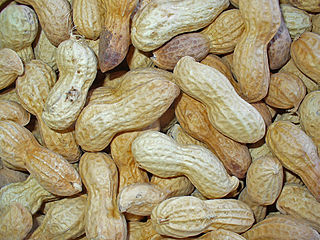
Brad Haire in the Southeast Farm Press noted today that the US Navy is considering adopting peanuts as an alternative energy fuel in the near future. They are mandated to provide at least 50 percent of their energy consumption from alternative fuels by 2020. Peanut oil is a good fuel for transportation but is currently…
-

With the drought in northern Alabama and Georgia hitting some crops hard and putting stress on others as well as on livestock, farmers are looking at better ways to cope with the lack of rainfall that seems to hit the Southeast every few years. The Southeast Farm Press posted a story this week about the…
-
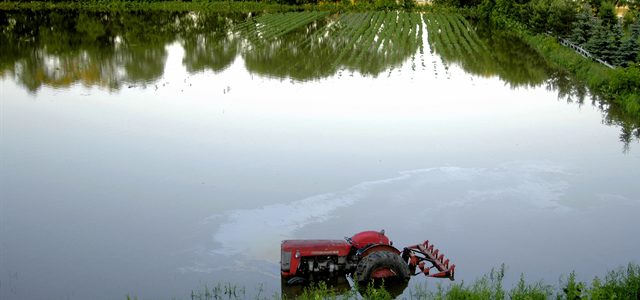
While assessment of total agricultural damages from the flooding near Baton Rouge LA will await a more comprehensive look once people and animals are safe and roads are safe to travel, an initial assessment of potential losses from the second rice crop could be as much as $14 million, according to an article in AgWeb…
-
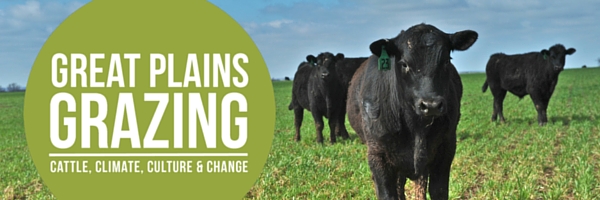
If you are interested in beef cattle and how they are affected by changes in climate, you might be interested in this upcoming webinar from Great Plains Grazing, a group of Oklahoma extension agents and research specialists committed to adapt grazing strategies to changing conditions. Register now for our August webinar! “Does Climate Change Your Plate”…
-
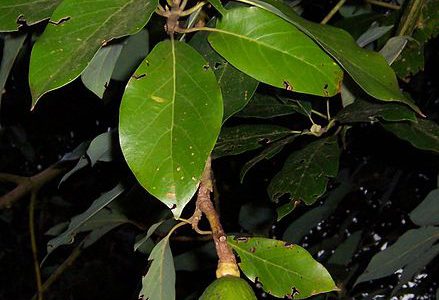
The Packer published a story earlier this week about the problems that avocado growers in California have had with water availability this year and how it has affected production. Often California received good rainfall in El Niño winters, but this year most of the rain fell in northern California and bypassed southern California, where most…
-
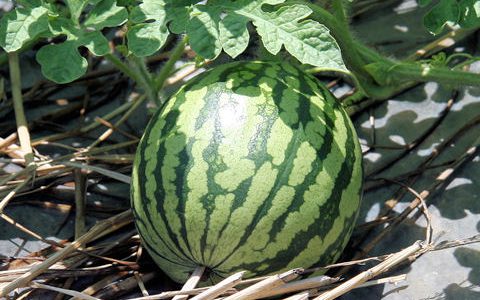
I’ve seen several stories this week about conditions of some crops across the Southeast and how they relate to the weather. The Packer posted a story about the early start to the North Carolina sweet potato crop harvest. The story notes that yields are expected to be the best they’ve experienced in years due to…
-
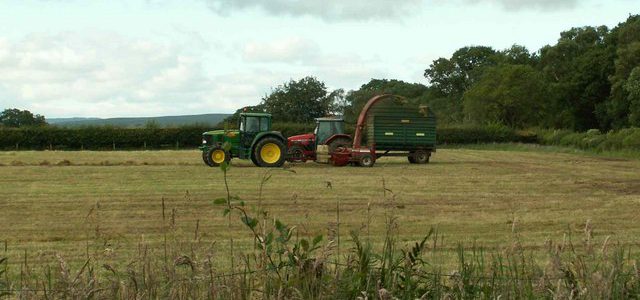
While we watch to see how much rain we get out of the developing system near the Gulf, here is some advice that you might find useful on how to manage pasture in dry conditions: https://www.kingsagriseeds.com/handle-hay-fields-pastures-severe-drought/.